Bernedoodles are a hybrid created by crossing Bernese Mountain Dogs and poodles. Most commonly, standard poodles will be used. Breeders have used Miniature or Toy Poodles to produce smaller Bernedoodles. It is dangerous to cross giant breeds and small breeds. This must be done with care to avoid complications for the breeding mother and the puppies. Bernedoodles can be classified into standard, miniature, or tiny, depending on their size.
Bernedoodles can be hypoallergenic. However, this isn’t always true. Some Bernedoodles mat and shed a lot. Others shed moderately. And some Bernedoodles don’t shed at all. The more poodles there are in the mix, then the greater the chance of getting a coat that sheds less. The coat of a Bernedoodle may not cause problems for people who have dog allergies, depending on its nature. Allergy sufferers should spend some time with the Bernedoodle in question before bringing it home to ensure that the dog does not trigger allergy symptoms.
Breeders of Bernedoodles claim that they get the best from both worlds: an intelligent, calm, and loyal dog with a non-shedding coat. The temperament and physical characteristics of Bernedoodles are very variable. Some Bernedoodles can be outgoing, and others are reserved around strangers. Some Bernedoodles tend to be hyperactive rather than calm. Some Bernedoodles are stubborn, and this makes training more difficult. Each Bernedoodle has a distinct personality.
The History of the Bernedoodle:

The first Bernedoodles appeared in the early 2000s. They were created as a result of the “doodle craze” that swept across the globe in the 1990s after the Labradoodle was introduced. The first Bernedoodles were probably the result of an accidental cross between Bernese Mountain Dogs and Poodles. However, some breeders started intentionally breeding Bernese Mountain Dogs with poodles.
Breed standards, which are written descriptions of ideal physical and mental traits of a breed, have been followed by purebreds for generations. Purebreds are standardized in their appearance, including height, weight, body type, coat color, and temperament. The Bernedoodle, being a hybrid, is not accepted as purebred by the American Kennel Club and United Kennel Club. Bernedoodles are also not governed by an official breed standard. This means that there can be a wide range of variations in the way they look and behave. It’s difficult to predict what you will get when you purchase a Bernedoodle. Different breeders have different ideas about what makes a Bernedoodle.
Bernedoodles can be of the first generation (called F1), second (F2), or third (F3). An F1 Bernedoodle crosses a purebred Bernese Mountain Dog with a purebred Poodle 50-50. The puppies that are born in an F1 litter can be quite different. Some puppies may look like Bernese Mountain Dogs, and others may look like poodles. Some puppies may look like a mixture of the two parent breeds, and others might not look anything like either breed. The coat type and shedding level can vary greatly in an F1 Bernedoodle litter.
F2 Bernedoodles are produced by crossing two F1 Bernedoodles. F2 Bernedoodles have a variety of coat types. Breeders may introduce additional poodles to the bloodline to achieve a more consistent coat type. Backcrossing is indicated with a B. Bernedoodle with a coat that is 25% Bernese Mountain Dog, and 75% Poodle is likely to be low-shedding or non-shedding.
Bernedoodle Care:

The Bernedoodle’s grooming needs vary according to the coat type. Some Bernedoodles do not have curly or wavy coats. Straighter coats shed more than wavy ones, so you need to brush them more often – daily or every other day – to remove the loose hairs and prevent matting. Curlier coats tend to shed less but still require regular brushing to keep them untangled. Brush curly and wavy coats several times per week. Bernedoodles with wavy or curly coats should be trimmed by a professional every four to eight weeks.
Along with brushing and grooming your Bernedoodle, trim its nails every two to four weeks. Also, check inside the ears of your Bernedoodle weekly and clean them with pet-safe ear-cleaning products if necessary. You should schedule an appointment with your veterinarian if you notice excessive dirt in the ears or if they appear red.
Bernedoodles can be intelligent, but their trainability depends on whether or not they have inherited more of the agreeable side of the poodle and less of the stubborn nature of the Bernese Mountain Dog. Useful training methods such as clicker training and tasty treats will give you the best results with your Bernedoodle. Bernedoodles require daily exercises, such as one or two daily walks and off-leash fetch games in a safe, close-in area like a dog park or fenced yard. A Bernedoodle with a friendly temperament might enjoy participating in fun dog sports such as agility, flyball, and rallies.
Common Health Problems:

Science tells us, however, that this is not always the case. In the family histories of most purebreds, certain health conditions are inherited. Bernese Mountain Dogs and poodles can be crossed to produce puppies that could inherit genetic disorders common to both breeds.
Bernese Mountain Dogs can be
lying down to certain genetic health conditions, including hip dysplasia (joint disorder), eye disease, von Willebrand’s disease (a blood-clotting disorder), gastric dilatation, and bloat. Poodles can be affected by genetic conditions such as hip dysplasia (a joint disorder), eye disease, von Willebrand’s disease, immune-mediated diseases, Legg Calve-Perthes Disease (a hip joint condition), luxating kneecaps (slipped patellas), bloat, and sebaceous Adenitis.
Breeders who are responsible start by selecting healthy purebred adults and testing them for genetic diseases that are common in their breed. Reputable breeders should test adult Bernedoodle hybrids previous to breeding to reduce the likelihood that their puppies will have genetic problems. Breeders who are responsible should offer a guarantee of health for their puppies if they develop a genetic disorder later in life.
Diet & Nutrition:

Keep your Bernedoodle thin to avoid joint problems such as hip dysplasia or elbow dysplasia. You can also prevent other health issues linked to weight, like diabetes. Free feeding is not recommended. Instead, measure meals and feed them twice daily. To encourage a slow, steady growth in Bernedoodles that could grow into giant-sized dogs by adulthood, feed them food designed for large breed puppies. Question your breeder or vet for advice on good food to feed your Bernedoodle and the ideal weight of an adult Bernedoodle.
Bernedoodle Personality:

Bernedoodles appear to inherit many of the best traits of both the Bernese Mountain Dog (BMD) and Poodle (Poodle). The traits that they inherit can vary, but the personalities of each dog within the breed are different. Bernedoodles can be intelligent, loyal, and hardworking.
If they are well-socialized, they can be good with other dogs and children. Bernedoodles can be stubborn if they inherit traits from the Bernese Mountain Dog. This may make it difficult to train them. This trait usually fades away when puppies grow into adolescent pups.
Their intelligence allows them to learn commands faster than other dogs. Bernedoodles can also inherit Bernese’s fear of strangers. Socialization, particularly at an early age, is therefore important.
Bernedoodles are energetic dogs who need to be pampered and given moderate exercise. The best homes for them are those where they will not be left alone for long periods. The tiny and miniature Bernedoodles are better suited to apartment life and city living than the standard Bernedoodles. To burn off their energy, they’ll need to go for a long walk every day. They want to be around their humans and will go out and play as well as cuddle with them.
Where can I adopt or buy?
You have two choices if you are considering buying a Bernedoodle. Check your local animal rescue groups and shelters for Bernedoodles in need of a new home. Bernedoodles that need new homes tend to be adults. However, Bernedoodles, as young as puppies, may also find themselves in need. If you are looking for a Bernedoodle, look for a breeder that tests its breeding dogs for common health problems between the Bernese Mountain Dog (BMD) and poodle. Responsible Bernedoodle breeders portray a realistic view of Bernedoodle ownership rather than making promises about a “perfect breed,” which may not apply to every Bernedoodle.

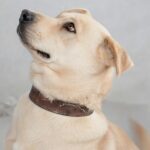



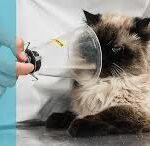

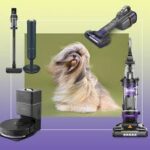
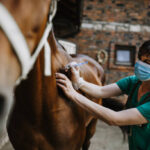
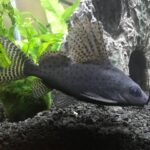





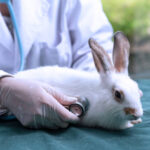



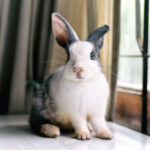

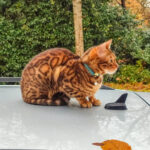
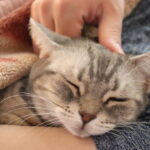


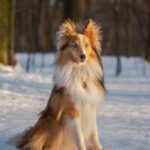




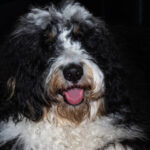





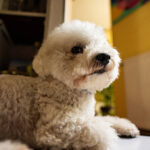




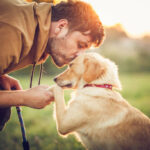
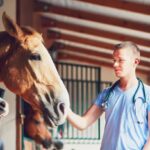

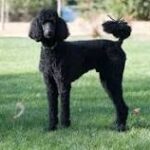

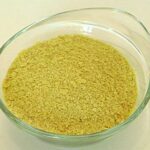










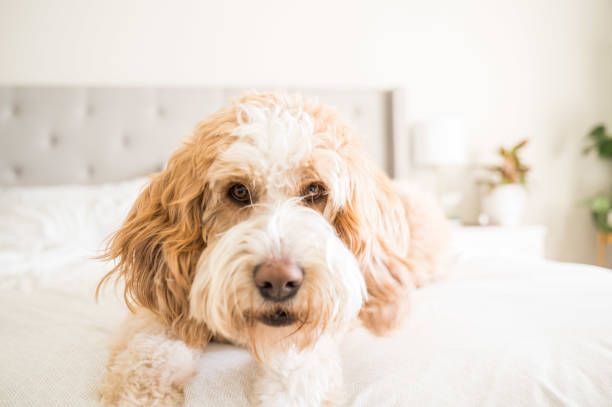
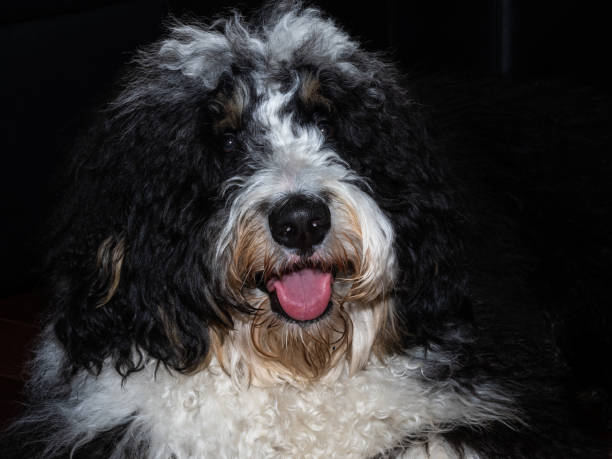
Romeo Kline
Madeleine Allison